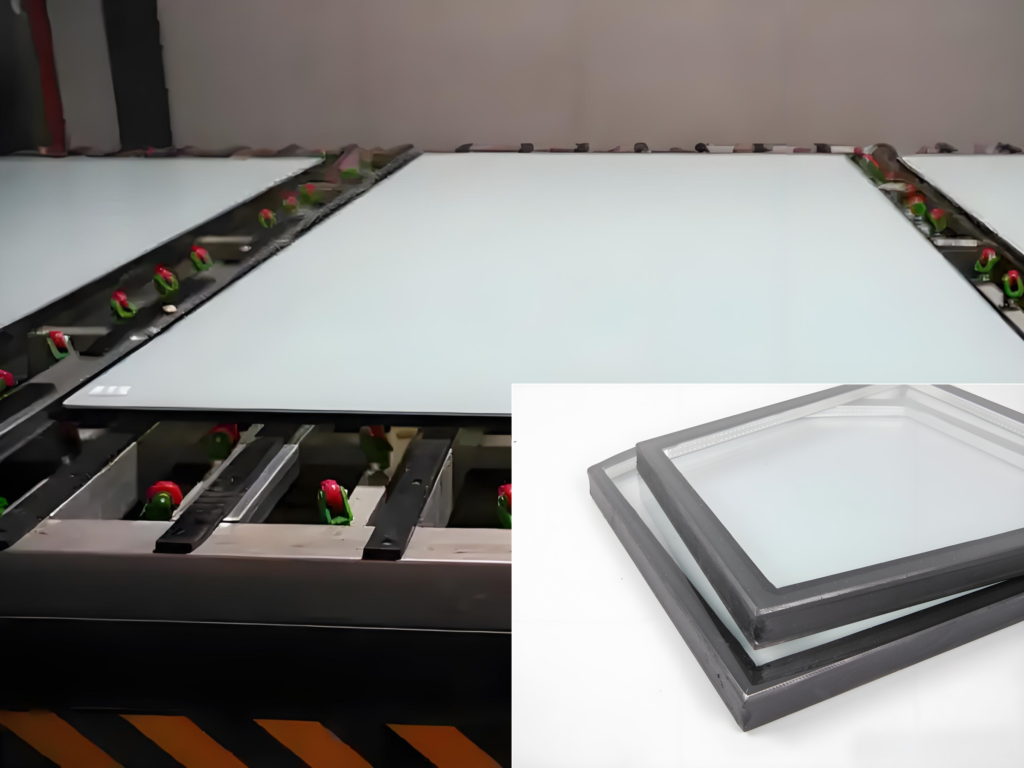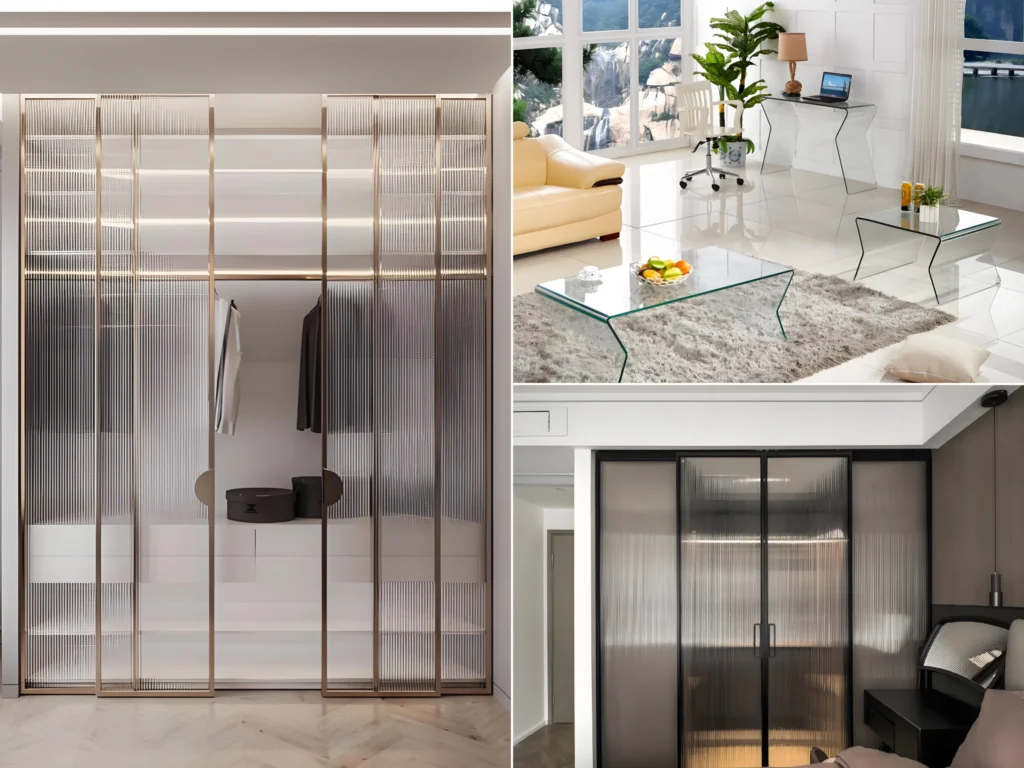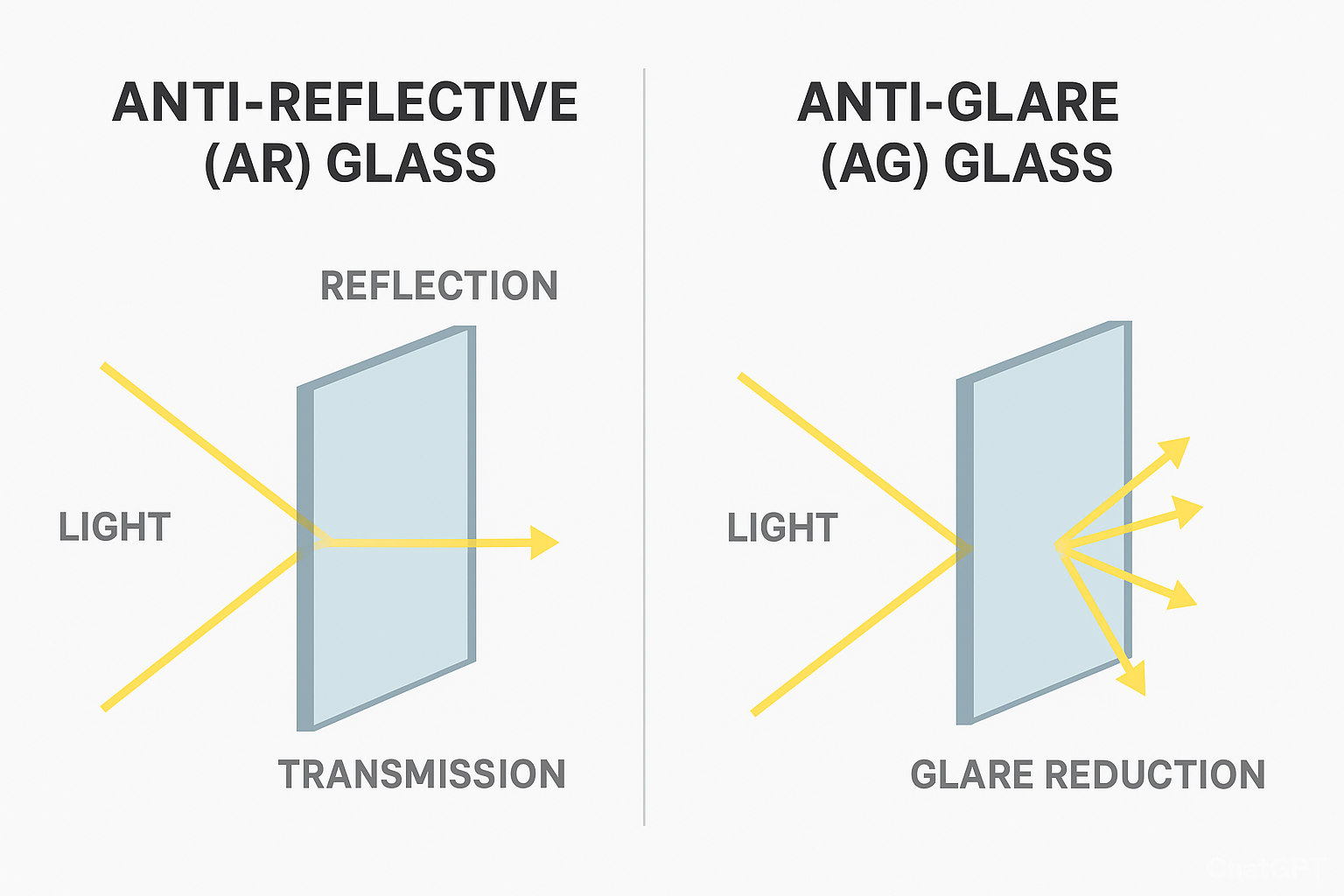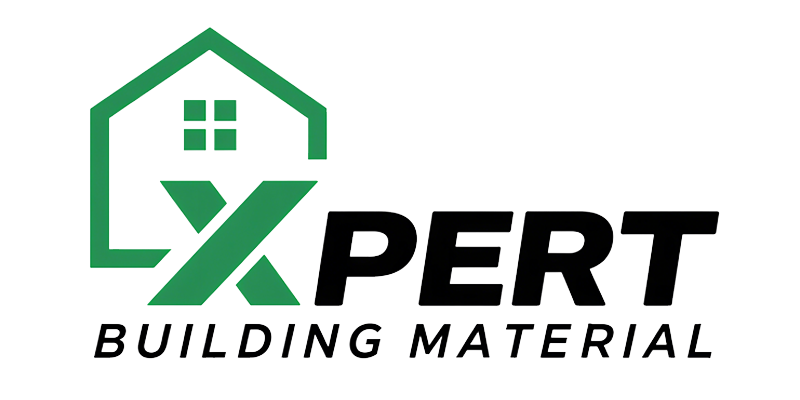Special Glass
At Xpert BM, this mainly includes fire-resistant glass, furniture glass, appliance glass, and a range of other types of glass used in special applications. These kinds of glass are frequently used in practice and are often requested by our clients. That’s why we have integrated the supply chain in this area and partnered with manufacturers specializing in these products.

Fire Rate Glass
Fire rate glass, also called fire resistance glass, sometimes mistakenly called “fire rate glass”) is a specialized glazing material designed to resist fire and high heat for a specified period of time.
Unlike ordinary glass, which shatters quickly under high temperatures, fire-rated glass is tested and certified to maintain its integrity (and in some cases insulation) during a fire, helping to prevent the spread of flames, smoke, and radiant heat through building openings.
It is commonly used in fire doors, partitions, windows, and facades in places like hospitals, schools, airports, commercial complexes, and high-rise buildings.

Furniture Glass
Furniture Glass is a category of decorative and functional glass used in furniture applications such as tabletops, shelves, cabinet doors, wardrobes, countertops, partitions, and display units. It is manufactured and processed differently from regular float glass to meet safety, strength, and aesthetic requirements.
Depending on the furniture type, it may be clear float, tempered (toughened), laminated, frosted, back-painted, patterned, or tinted glass.
| Property / Parameter | Specification / Range | Notes |
|---|---|---|
| Glass Type | Clear Float, Tempered, Laminated, Frosted, Painted, Patterned, Acid-etched, mirror | Selected based on design and application |
| Thickness | 3 mm – 19 mm | Common: 6 mm (shelves), 8–12 mm (cabinet doors), 10–19 mm (tabletops, countertops) |
| Edge Work | Flat polished, beveled, OG (curved), pencil edge | Safety + decorative finish |
| Strength | Tempered: 4–5× stronger than annealed | For heavy-duty use (tables, shelves) |
| Safety Performance | Tempered: breaks into small blunt pieces; Laminated: holds shards with interlayer | Required for furniture glass to avoid injury |
| Load-bearing Capacity | Depends on thickness: e.g., 10 mm shelf supports ~30–40 kg/m² | Must be supported properly |
| Optical Properties | High light transmission (clear >80%); available in extra-clear (low-iron) for premium furniture | Enhances aesthetics |
| Color Options | Clear, extra-clear, bronze, grey, black, frosted, painted (back-painted glass for cabinets) | Decorative versatility |
| Surface Options | Glossy, matte (satin), textured/patterned | For visual design + anti-fingerprint effect |
| Durability | Resistant to scratches (tempered), moisture, and temperature variation | Essential for daily-use furniture |
| Standards | Conforms to EN 12150 (tempered), EN 14449 (laminated), ASTM C1036 (float) | Safety + quality compliance |

Appliance Glass
Appliance Glass refers to specialized glass used in household and industrial appliances such as refrigerators, ovens, microwaves, washing machines, cooktops, air-conditioners, and display panels. This type of glass is designed not only for aesthetic appeal but also for safety, thermal resistance, mechanical strength, and durability.
| Property / Parameter | Specification / Range | Notes |
|---|---|---|
| Glass Type | Tempered (toughened), Laminated, Low-Iron, Ceramic Glass, Painted / Printed Glass, insulated glass | Choice depends on appliance (e.g., ceramic glass for cooktops, tempered for oven doors), freezer shall be consider IGUs |
| Thickness | 3 mm – 8 mm (typical), up to 12 mm in some cases | 4 mm for refrigerator shelves, 6–8 mm for oven doors, switch panel can be 2-3mm or thinner |
| Thermal Resistance | Up to 250–300 °C for tempered, 600–800 °C for ceramic glass | Oven & cooktop applications |
| Mechanical Strength | Tempered glass is ~4–5× stronger than float glass | Withstands impact & load |
| Safety | Tempered: breaks into blunt fragments; Laminated: retains shards in PVB interlayer | Reduces injury risk |
| Edge Finishing | Flat polished, arrised, beveled | Ensures safety & aesthetics |
| Surface Treatments | Silk-screen printing, digital printing, frosting, coating | For branding, decorative designs, or anti-fingerprint |
| Light Transmission | High clarity (80–90% for clear glass), reduced in painted/ceramic glass | Important for oven doors & displays |
| Color Options | Clear, extra-clear, black, white, grey, patterned | Matches appliance design |
| Load-Bearing (Refrigerator Shelves) | Up to 100–120 kg load capacity (depending on thickness and support) | Reinforced tempered glass |
| Standards | Conforms to EN 12150 (tempered), EN 14179, EN 14449 (laminated), ASTM C1048 | International compliance |
AR Glass AG Glass
AR glass, also called anti-relective glass. Glass with a special optical coating that reduces surface reflections from ~8% (normal float glass) down to <1%. This makes the glass appear almost invisible, ensuring very high light transmission and clarity.
| Type | Coating Method | Reflection Reduction | Light Transmission | Applications |
|---|---|---|---|---|
| Single-Side AR Glass | Thin-film coating on one surface | From ~8% → ~2–3% | ~94–96% | Picture frames, showcases, signage |
| Double-Side AR Glass | Coating applied on both surfaces | From ~8% → <1% total | ~97–99% | Museums, displays, premium retail glazing |
| Multi-Layer AR Glass | Multiple nano-layers tuned for wavelength control | <0.5% possible | ~99% (optimized range) | Cameras, microscopes, optics, VR/AR devices |
| Broadband AR Glass | Multi-layer optimized across wide spectrum (UV–Visible–IR) | Very low reflection across range | ~98–99% | Solar panels, scientific instruments, sensors |
| Custom/Functional AR Glass | Tailored coatings (UV-blocking, IR-cut, conductive AR) | Varies | Varies | Specialty electronics, defense, medical equipment |
AG glass, also called anti-glare glass. Glass treated by acid etching or special coating to create a matte / diffused surface that scatters incident light, reducing glare and reflections. This makes viewing more comfortable under bright or direct light.
🔹 Difference Between AR Glass & AG Glass
| Feature | Anti-Reflective (AR) Glass | Anti-Glare (AG) Glass |
|---|---|---|
| Function | Reduces reflection by optical coating (interference effect) | Reduces glare by scattering light with matte surface |
| Mechanism | Thin-film coating with low refractive index | Acid-etching or coating roughens surface |
| Light Transmission | Very high (up to 97–99%) | Slightly lower (90–95%) |
| Surface Finish | Smooth, clear, glossy | Matte, satin-like |
| Viewing Quality | High clarity, colors accurate, no distortion | Reduced sharpness (slight diffusion) but easier on eyes |
| Best Use Cases | Museums, galleries, solar panels, high-end displays, lenses | Tablets, kiosks, monitors, ATMs, photo frames in bright light |
| Cost | Higher (complex multilayer coating) | Lower (acid etching is simpler) |


more special glass needed?
Let's work together to turn your vision into reality. Contact us today to schedule a consultation and take the first step towards creating something amazing together. Our ultimate goal is to deliver results that exceed your expectations.
